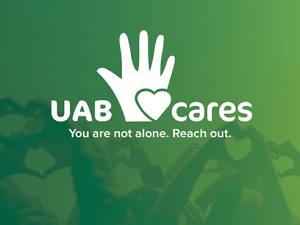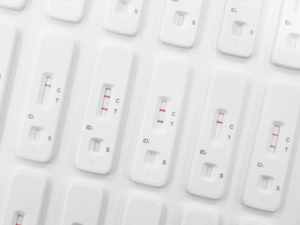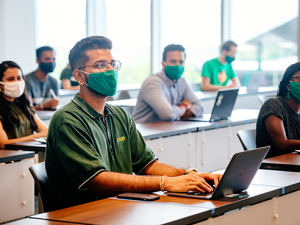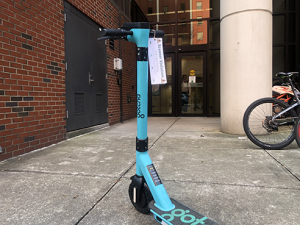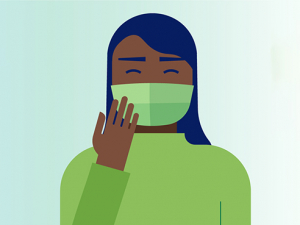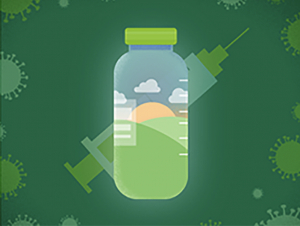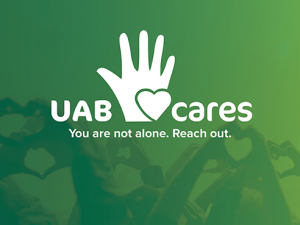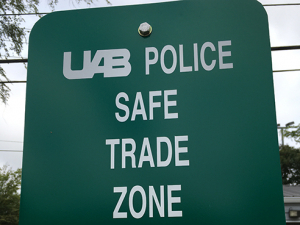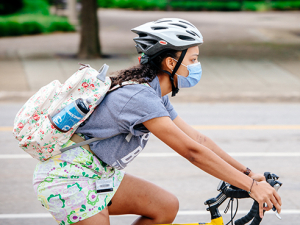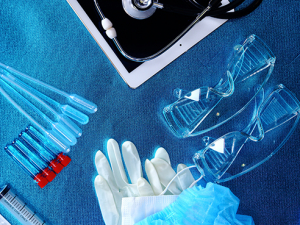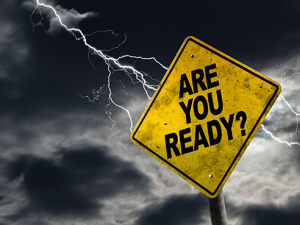More than 32,000 people are killed and 2 million are injured each year in motor vehicle crashes, according to the Centers for Disease Control and Prevention. Every day, nine deaths and more than 1,000 injuries involve a distracted driver, according to the USDOT National Center for Statistics and Analytics.
With summer comes an increase in risky behaviors behind the wheel. Drowsiness after a long day at work or play or more frequent travel with children and friends, along with technology and traffic tirades, can distract your attention from the road. And with campus construction affecting traffic flow and commute routes — 18th Street South is closed between 10th Avenue South and University Boulevard through August, and lanes on 20th Street South and University Boulevard are closed due to demolition of the UAB Townhouse and façade work on McCallum — it’s more important than ever to stay alert and observant.
Before you crank the car, think about these four things that increase the risk of a crash — from drowsy driving to road rage — and increase the likelihood you’ll get safely to your destinations:

1. Keep your eyes open.
Conservative estimates are that drowsy driving is linked to one in five fatal crashes, and people who typically sleep four to five hours per night are five times more likely to be involved in a crash, says Benjamin McManus, Ph.D., postdoc researcher in the UAB’s TRIP (Translational Research and Injury Prevention) Lab, because “cognitive resources are directed away from the task of driving.”
If you catch yourself driving while drowsy, McManus suggests a few options. Take a nap, Drink a caffeinated beverage. Open a window. Better still, put the car in park.

2. Keep your eyes forward.
When a child is in the car with you, make sure they have what the need before putting the car in gear. Provide water or snacks if they are able to feed themselves but remain aware of choking hazards. Provide entertainment, such as a movie or book.
Chatting with adult passengers can be just as dangerous, and according to federal data, more than half of distracted driving accidents were caused by conversations with passengers.
If something or someone in the car requires your full attention, pull off the road.
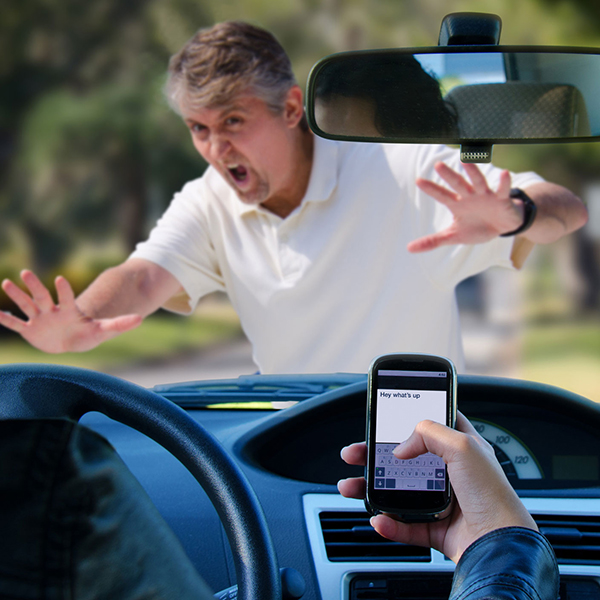
3. Keep your eyes up.
But texting isn’t the only issue. “Checking e-mail, interacting through social media or accessing a map program while driving also can be distracting and dangerous,” said Stavrinos, who called for a little self-control to temper our love for devices.
“These are very valuable tools, and we’re not going to give them up,” she said. “But we have to balance the benefits of staying connected while mitigating the impact of the distractions, whether it’s while driving, walking down the street or even having dinner in a restaurant.”
Stavrinos advises putting the phone far enough away to avoid the temptation to pick it up at the first ding.
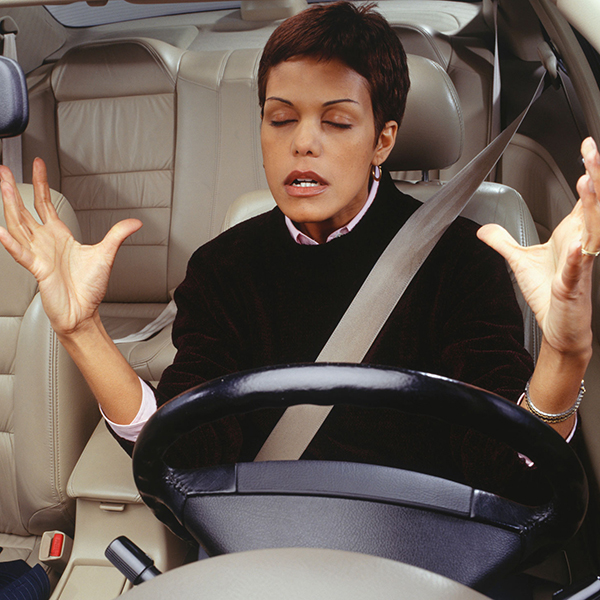
4. Keep your eyes on the prize: arriving alive.
Other examples of aggressive driving include frequent or unsafe lane changes, running red lights, and speeding. Extreme aggression can escalate to what is known as road rage, that leads to rude or obscene gestures and even attempts to force another driver off the road, or worse.
“Remaining calm is important,” Stavrinos said. “Other drivers can be inconsiderate or driving illegally. These people are not thinking about their safety or the safety of those around them. Don’t take other drivers’ mishaps personally. They are more than likely distracted or upset by other factors.”
Just take a deep breath and a detour from drama.
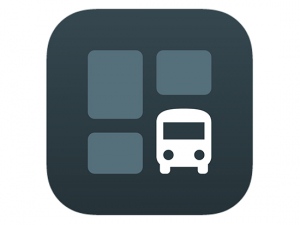
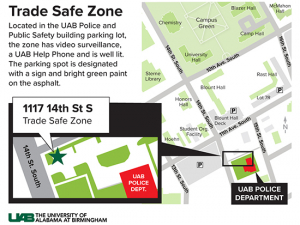
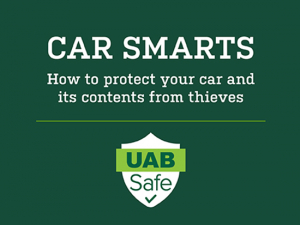

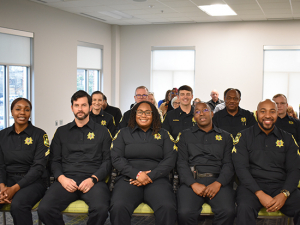
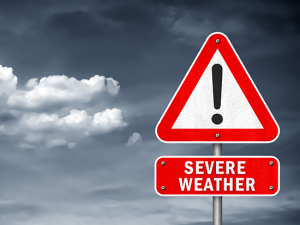
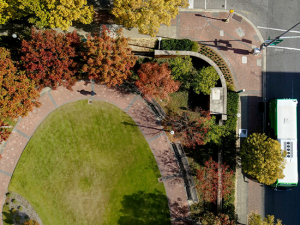

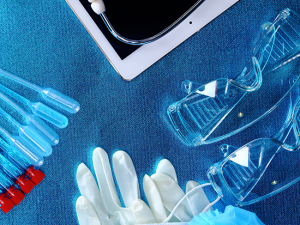
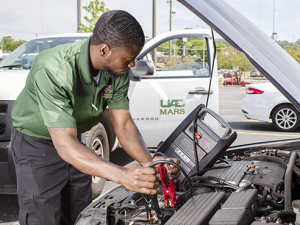
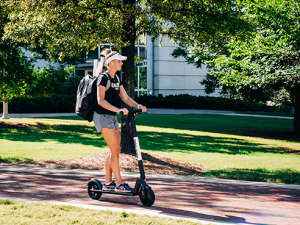
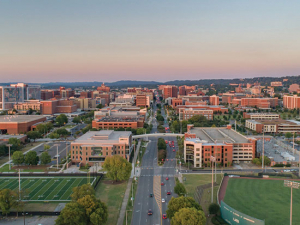
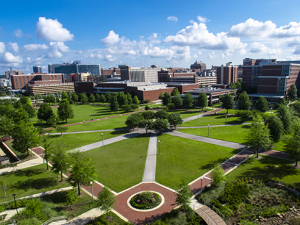
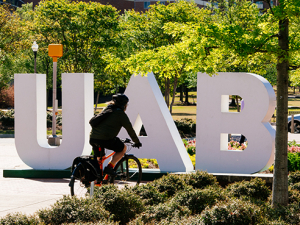
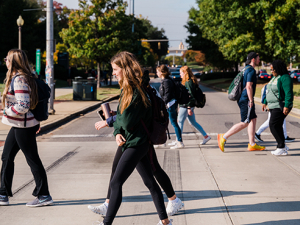
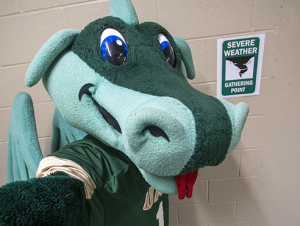
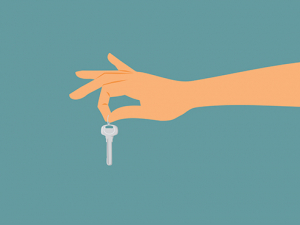



 UAB is committed to fostering a safe and inclusive environment for all Blazers. From mobile apps to bus escort services to B-Alerts and more, make sure you’re up to date on all the ways to stay safer on campus.
UAB is committed to fostering a safe and inclusive environment for all Blazers. From mobile apps to bus escort services to B-Alerts and more, make sure you’re up to date on all the ways to stay safer on campus.